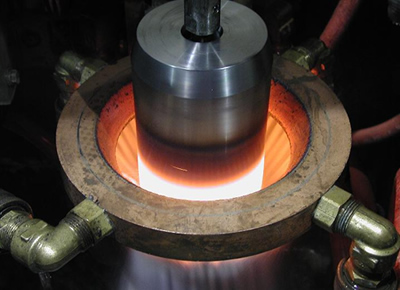THE BENEFITS OF INDUCTION HARDENING
Induction hardening uses induced heat and rapid cooling (quenching) to increase the hardness and durability of steel. Induction hardening is a method of quickly and selectively hardening the surface of a metal part. A copper coil carrying a significant level of alternating current is placed near (not touching) the part. Heat is generated at, and near the surface by eddy current and hysteresis losses. Quench, usually water-based with an addition such as a polymer, is directed at the part or it is submerged. This transforms the structure to martensite, which is much harder than the prior structure.




Comments
Post a Comment